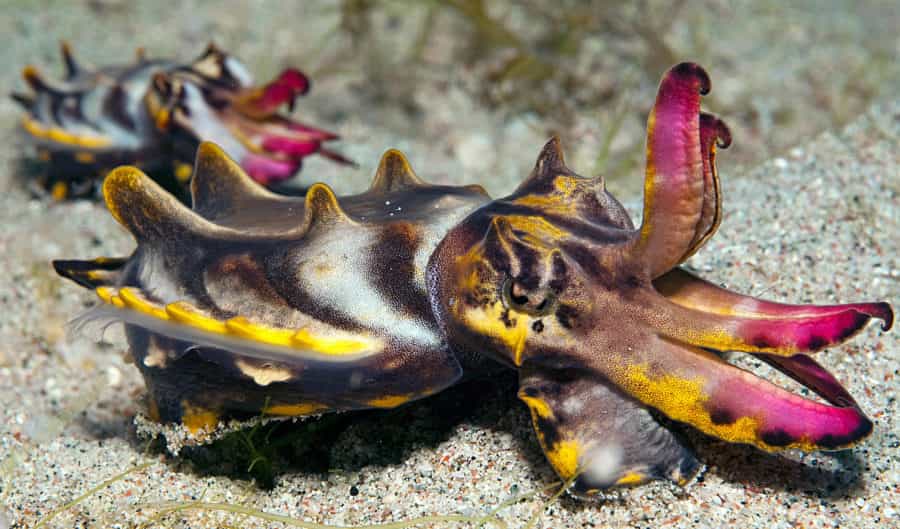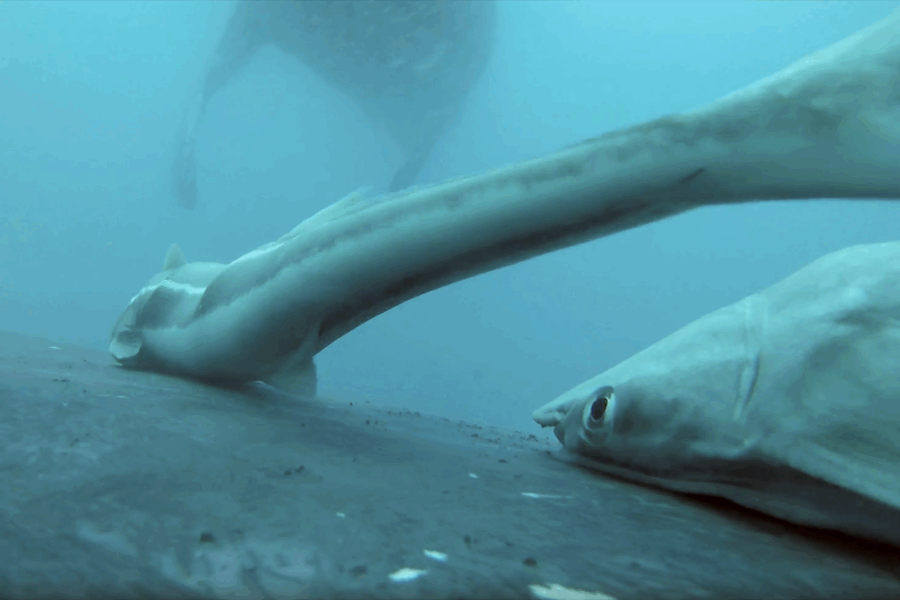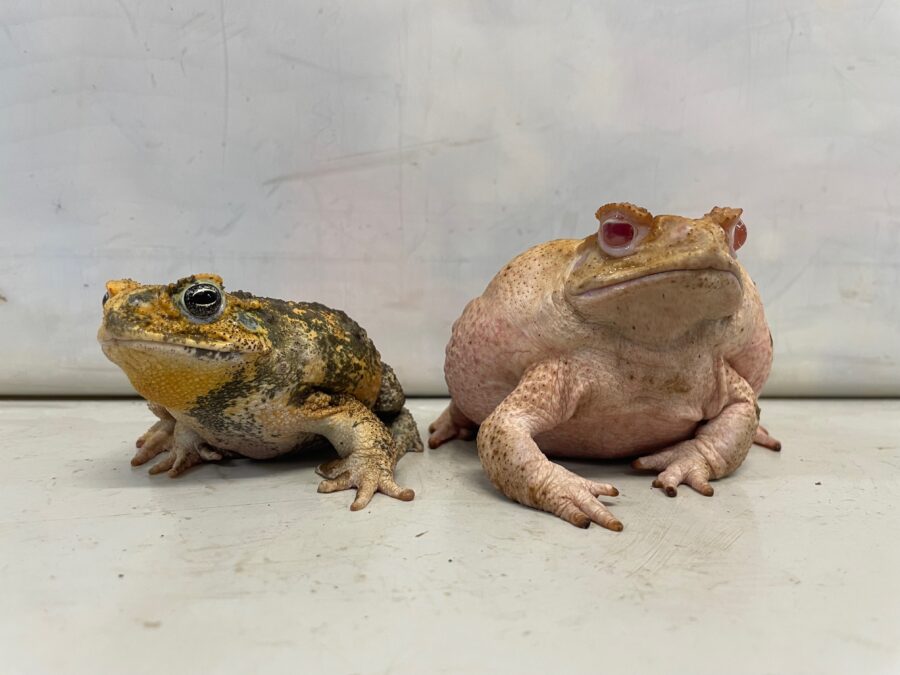The flamboyant cuttlefish stomps around like a dog in a wheelchair

Bec Crew
Bec Crew

IF YOU ASSUMED cuttlefish swim through the ocean like squids, octopuses, and nautiluses, you’d be mostly right, but on the (very) rare occasion we find a species that prefers to traverse the seafloor, using its front fins to pull itself over bumps and crevices.
Scientists think the flamboyant cuttlefish has opted to walk rather than swim because its cuttlebone, which is that flat, chalky shell you’ll often find on the beach, is smaller, relative to its body size, than in other cuttlefish species.
The cuttlebone, which is filled with gas when the cuttlefish is alive, helps the cuttlefish remain afloat, but in this case, not for very long.
“They flap up into the water, settle down again, and go back to walking along the seafloor,” Dr Mark Norman, a marine biologist from the University of Melbourne and Museum Victoria, told NPR.
“It’s still really foreign for me to watch a cuttlefish walking around on the seafloor. They actually look like these prehistoric lumbering monsters, sort of walking through these ancient black deserts.”
Here you can see a baby flamboyant cuttlefish trying out its balance:
And here’s an adult showing us how it’s done:
This walking behaviour is just one of the strange things about the flamboyant cuttlefish.
The beautiful species is found all around the northern coast of Australia, from Shark Bay in Western Australia across to Mooloolaba in Queensland, as well as in southern New Guinea and islands in the Philippines, Indonesia and Malaysia.
Described by the Monterey Bay Aquarium in California as a “perpetual colour machine”, the flamboyant cuttlefish creates moving colour displays on its skin, ranging yellow, red, maroon, and pink, to white, brown and black.
It does this by manipulating the chromatophores – pigmented, light-reflecting cells – in its skin, which you can see in action here:
Research by Dr Norman and his team back in 2007 suggested that the flamboyant cuttlefish was highly venomous, and could perhaps even rival the toxins wielded by the blue-ringed octopus.
More recent research has failed to support the suggestion of toxic flesh, however, so perhaps the flamboyant cuttlefish, with its perceived bright warning colours, is just bluffing.
Check out these little alien pods hunting, which basically looks like Cthulhu crossed with a flamenco dancer:




